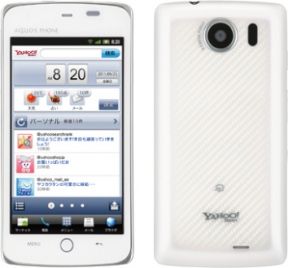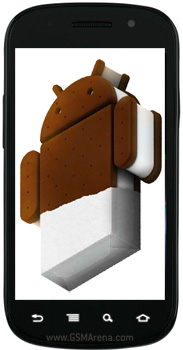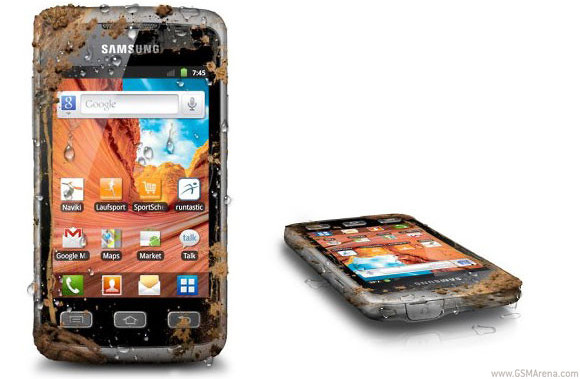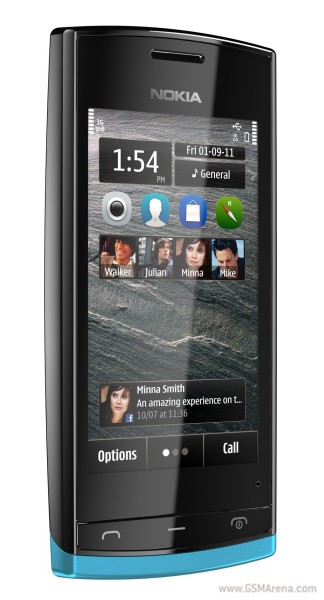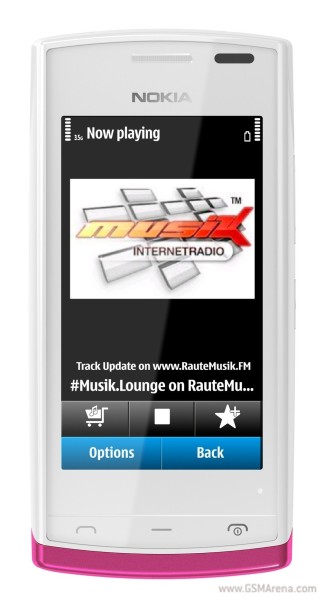As far as leaks go, they don't get much bigger than this. We just found specs sheets of no less than 9 upcoming Samsung smartphones and two tablets. The scoop includes the 7 new Android devices, two 7" Honeycomb tablets and finally two new Bada smartphones, one of which will be packing a 4" SuperAMOLED.
We start with the numerous droids:
The Samsung I9250 is the most interesting of the bunch. Sitting on the fence between smartphones and tablets, it features a 4.65" SuperAMOLED of HD resolution 1280x720, a 5 MP camera and runs on Android Ice Cream.
This will probably be Samsung's first droid featuring the yet unreleased version of the Google OS.
Samsung I9220 will make do with Gingerbread 2.3.3 and a 4.3" SuperAMOLED with the rumored 1280x720 (that's HD again) resolution, a 1.4 Ghz dual-core processor and an 8 MP camera. It's certainly another one worth keeping an eye on.
Samsung I9210 comes next with its Android 2.3.3 Gingerbread OS, a 4.5" WVGA SuperAMOLED and 4G support. This is probably the Celox that leaked a couple of days ago.
The I9210 has 16 GB of internal storage, 8 MP snapper with a LED flash on the back and a 2 MP front-facing camera on the front. GPS and Wi-Fi are covered as well as Bluetooth 3.0 and finally a 1750 mAh battery.
After this trio the Samsung I8150 is looking quite uninspiring with its 3.7" WVGA (480x800) TFT display, HSDPA support, 4 gigs worth of internal storage and a 1.4 Ghz single-core processor (much like the Galaxy S Plus).
However, with its Android 2.3.3. Gingerbread OS, microSD card slot and a 5 MP snapper with 720p video recording it makes up for one decently looking mid-range device.
Then we move into low-end territory with the Samsung B5510. The smartphone will reportedly come with a 2.8" display, and will run Android 2.2.2 Froyo.
Its CPU will be clocked to 800 Mhz processor and heavy texters will appreciate it for its physical QWERTY keyboard. The rest of the Samsung B5510 specs that have been unveiled include a 3 MP snapper, FM-radio, Wi-Fi and GPS.
We are back on the Gingerbread train with the Samsung S5360 and Samsung S5610. The decidedly entry-level duo comes with QVGA (240x320 pixels) displays - the unit on the S5360 measures 3" in diagonal, while the S5610 only has a 2.4" screen.
However the S5610 leads in the camera department, where it offers 5 megapixel stills to the S5360's 2 megapixel shots. Connectivity-wise, though, both should be doing well with GPS, Wi-Fi and HSDPA on board.
The story of the leaked tablets is much shorter. First, we've got the Samsung P6200 7-incher with Android Honeycomb, a SuperAMOLED 1024x600 display, 3 MP and 2 MP cameras (back and front) and HSDPA support.
The other tablet is the Samsung P6210, which is basically the same kind of deal, but with Wi-Fi support only.
Finally we have a couple of Bada devices to tell you about.
The Bada 2.0-running Samsung S5380 has a 3.2" display, Bluetooth 3.0, a 2 MP snapper, while the Samsung S8600 Wave III will come with a 4" SuperAMOLED display, a 5 MP camera, Bluetooth 3.0 and 3 GB of internal storage.
Well this is it folks. It appears that Samsung will have quite a lot of new devices to throw our way over the next few months and looking at the specs of some of them we cannot wait for their announcements to come.
